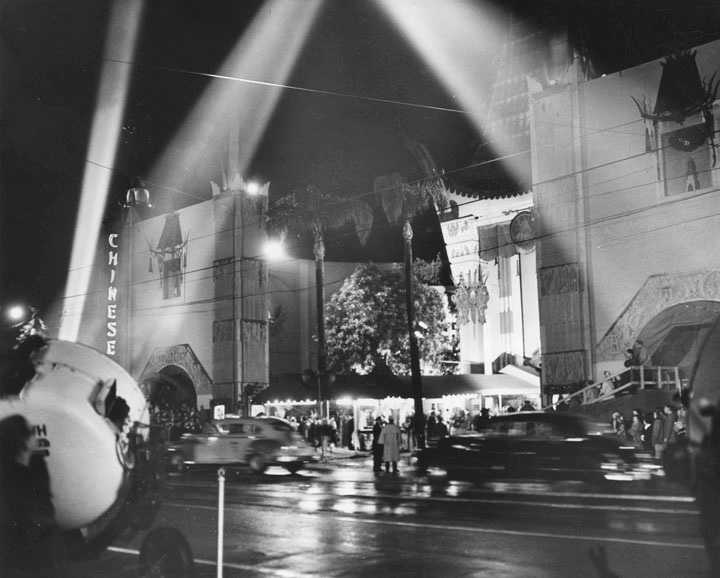While film was viewed more as an art form in Europe, it became a commercial enterprise in America. In the backdrop of the Great Depression of the 1930’s, the film industry was propelled forwards by aspiring businessmen and audiences who desired some form of escapism. The introduction of audio to films also brought more people to theatres and made more possibility’s for musicals, comedies, romance and western genres, which became the most successful and popular in the 1930’s. Entrepreneurs viewed it as a business opportunity, so film studios were formed and began to buy up the rights to actors and competed against others, and had moved there in the first place to avoid copyright infringement lawsuits by Tomas Edison. They wanted to make a large a profit as possible so that they could invest it into their next film project, making that bigger and more enticing to audiences, to make more profit, and so on.
They aimed to attract as many people to the theatres, which they owned, as possible, and they did this by hiring notable stars, directors, etc, and exercising complete control over the production process so as to keep the final product exactly as they wanted it. Genre films like comedies and romances emerged and became more popular as audiences flocked to the theatres to see the stars, not the plots. Similarly to how slapstick comedies were so popular during the era of silent cinema. Names like Gary Fonda and Marilyn Monroe became known by viewers everywhere, and studios hired these actors and actresses through contracts that prevented them from working for other studios. Audiences came for the glamour of the stories, fantasy and actors, and studios took advantage of this by owning every step of the production process, from production to distribution and exhibition.
The commercialisation of film as an industry led to it being dominated by 5 main studios (Paramount, RKO, MGM, Warner Brothers and 20th Century Fox), and the production of films becoming an efficient, assembly line process, where actors and directors were viewed as assets by the studios, who were at the top of the creative process, instead of the filmmaker or government, such as in Russia or Germany at the time. This meant that films were much more focused on entertainment and attraction than artistic expression or experimentation. While patriotic films did emerge during WW2, there was little experimentation with new techniques, as people made films for money and fame. “Screwball comedy” became the most significant comedy genre in the 1930’s, characterised by fast paced, witty dialogue and containing elements of romance and adult humour. This was essentially the first form romantic comedy, and it attracted large audiences who looked for escapism from the economic climate of the 1930’s. The amount of money that the industry made was used to invest in films with bigger stars, sets, equipment and locations etc. Traditional American values like optimism and courage were celebrated and displayed in these films, taking people away from the Depression at the time and being immersed in the motion pictures they saw.

You must be logged in to post a comment.